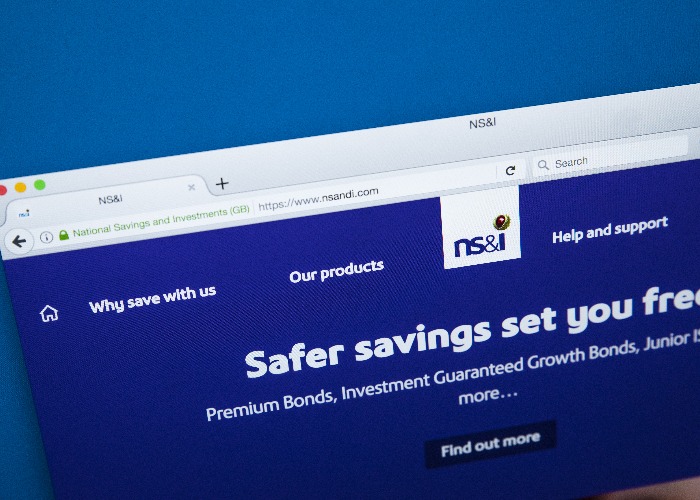NS&I hikes Direct ISA rate to 2.4%: is it competitive?

The Government-backed bank has hiked the rate by 0.25%, but you can still get far better returns from rival Cash ISAs.
NS&I has hiked the rate on its Direct ISA from 2.25% to 2.4% with immediate effect.
The Government-backed institution says more than 330,000 customers will benefit as a result of the increase.
However, the rate remains well short of those offered by the best Cash ISAs on the market.
Manage all your savings accounts in one place with Raisin, the simple savings service
How the NS&I Direct ISA stacks up
The NS&I’s Direct ISA lets you save between £1 and £20,000 (the maximum you can save in any ISA each year) and can be managed either online or by phone.
You can access your money whenever you want and, as mentioned above, it now pays a rate of 2.4%.
|
Product |
Rate |
Min / max deposit |
|
NS&I Direct ISA |
2.4% |
£1 / £20,000 |
Now let’s look at the Cash ISA best buys.
|
Product |
Rate |
Min / Max deposit |
|
Paragon Tiple Access Cash ISA* |
3.51% |
£1 / £20,000 |
|
Cynergy Bank Online ISA |
3.5% |
£1 / £20,000 |
|
Principality BS Online ISA |
3.45%** |
£1 / £20,000 |
*Rate falls to 0.75% after 3+ withdrawals
**Comes with 0.4% bonus for the first year
The very best rate out there is 3.51%, which you can get from Paragon Bank.
You can also open the Triple Access Cash ISA with as little as £1 (maximum £20,000 a year).
However, as the name implies, it only allows a maximum of three withdrawals before the rate plummets to just 0.75%, meaning this isn’t a true easy access account.
The best account with unlimited withdrawals is Cynergy Bank’s Online ISA, which pays a marginally lower rate of 3.50%.
It can also be opened from as little as £1 (max £20k/year).
Next on the list is the Principality BS Online ISA, which pays 3.45% but this includes a fixed bonus of 0.4% for the first year.
So, assuming the variable rate doesn’t change, you’ll be earning 3.05% on this account in 12 months’ time.
Clearly, the NS&I ISA can’t compete with any of these accounts.
Assuming you held the maximum-allowed £20,000, you’d be missing out on up to £220 worth of interest a year by choosing the Direct ISA over the best buys.
One final point to note is that all the best buy accounts we mentioned above are online only, whereas NS&I allows you to manage things over the phone as well.
That’s worth keeping in mind if that’s important to you.
Why the Direct ISA lags behind rivals
The important thing to note is that NS&I rates generally aren’t designed to be market-leading.
As it is effectively taxpayer-backed – and thus 100% secure unlike other banks – NS&I says it aims to “balance the interests of savers, taxpayers and the broader financial services sector” when setting rates.
In other words, it doesn’t want to be too competitive and attract too much cash from savers.
Some savers are willing to sacrifice some rate for the knowledge that their money is completely secure, as it is with NS&I.
For all other banks, only the first £85,000 held under each licence is protected.
But given that the vast majority of savers have less than that set aside – and you can split your savings into £85,000 pots with different banks anyway – it really does make sense for most to chase the best rate on their savings.
Manage all your savings accounts in one place with Raisin, the simple savings service
*This article contains affiliate links, which means we may receive a commission on any sales of products or services we write about. This article was written completely independently.
Comments
Do you want to comment on this article? You need to be signed in for this feature